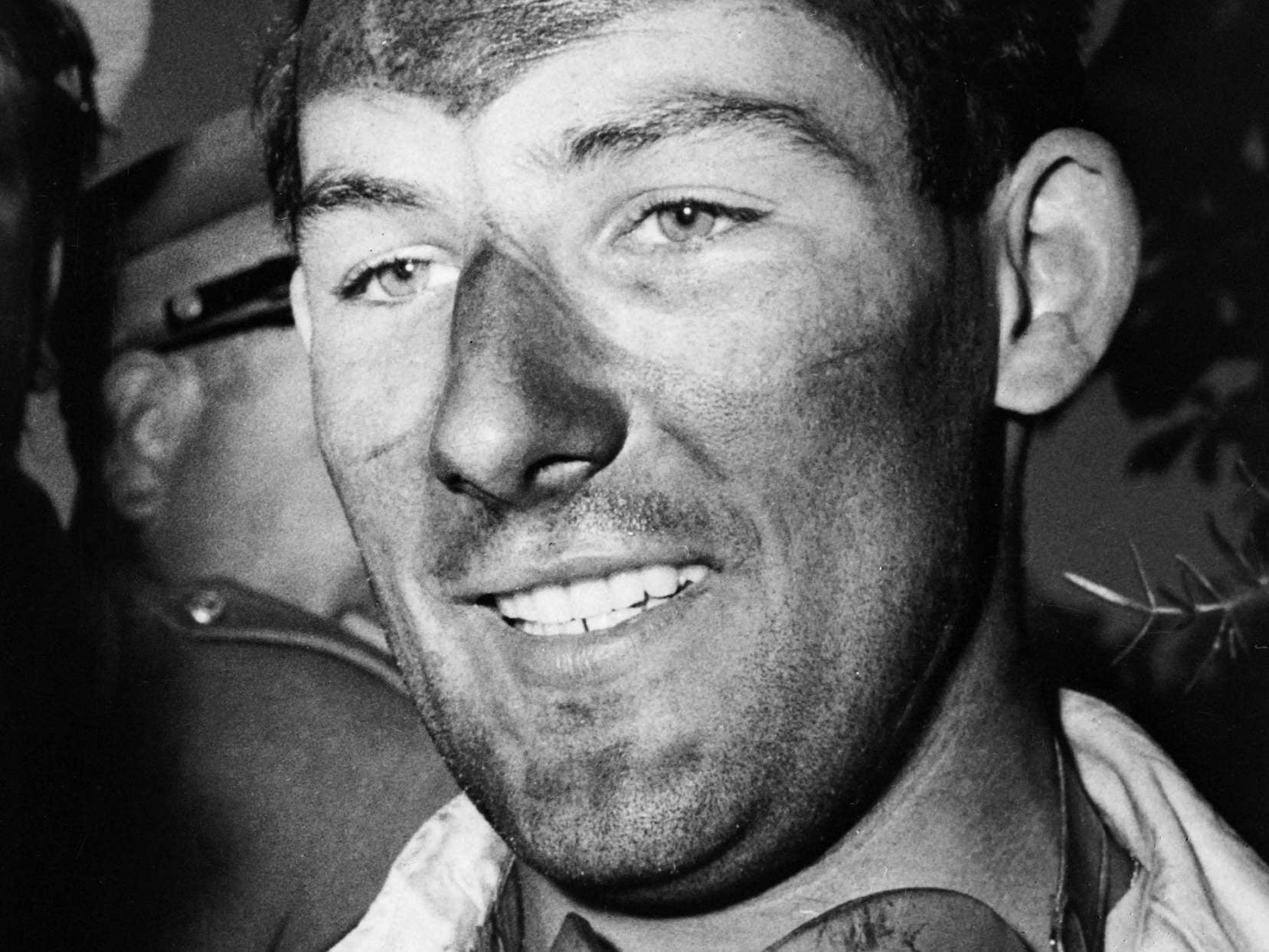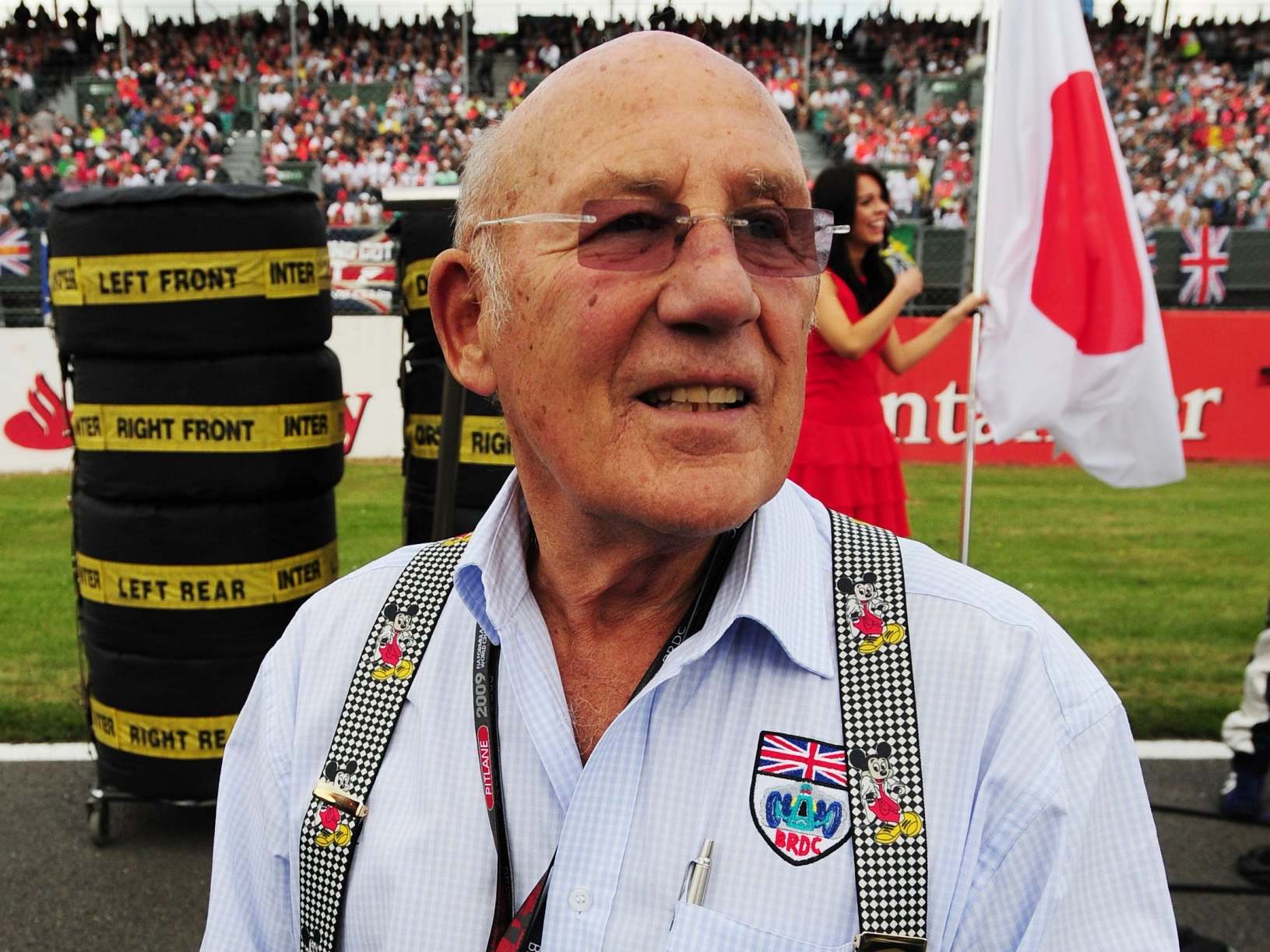Stirling Moss: Racing driver who embodied the spirit of the track
His competitive edge and flamboyant style made him one of the most recognisable figures in the industry

Your support helps us to tell the story
From reproductive rights to climate change to Big Tech, The Independent is on the ground when the story is developing. Whether it's investigating the financials of Elon Musk's pro-Trump PAC or producing our latest documentary, 'The A Word', which shines a light on the American women fighting for reproductive rights, we know how important it is to parse out the facts from the messaging.
At such a critical moment in US history, we need reporters on the ground. Your donation allows us to keep sending journalists to speak to both sides of the story.
The Independent is trusted by Americans across the entire political spectrum. And unlike many other quality news outlets, we choose not to lock Americans out of our reporting and analysis with paywalls. We believe quality journalism should be available to everyone, paid for by those who can afford it.
Your support makes all the difference.Stirling Moss, who has died after a long illness aged 90, was a British Formula One driver who competed at the highest level from the mid-1950s until the early-1960s yet, notably, never won a world championship.
Moss was regarded as a motor racing all-rounder and racked up a total of 212 victories in all competitions. His love of fast cars, desire to race at the highest level and flamboyant, playboy lifestyle made him a household name.
Moss was born in Thames Ditton, the son of Alfred Moss and Aileen (Craufurd), and from birth enjoyed a life of considerable privilege. Alfred was a successful dentist and amateur motorsports driver – as was Aileen. Moss grew up in a large house known as Long White Cloud in Bray, Berkshire, where horse riding (and equestrian competitions) and motor car racing were family enthusiasms.
For his ninth birthday, he received an Austin and his father taught Moss to drive in the countryside surrounding the family house. He was educated at public schools in Surrey and Hertford but showed little interest in his studies, instead expressing a desire only to be a race car driver.
His father had hoped Stirling would follow him into the family’s dentistry business but his hunger to race soon won parental support and, for his 18th birthday, Alfred and Aileen gave him a Cooper-JAP.
It was in this car that Moss began racing in the UK. The teenager demonstrated nerve, skill and determination and soon began competing at meets in France and Italy. Unlike most of his contemporaries, Moss managed to avoid doing national service (claiming illness – although his condition didn’t stop him racing) and thus suffered no interruption in competing at UK and European meets. In 1954, ready to make his international breakthrough, Moss’s father purchased him a Maserati 250F for £5,500.
He drove the Maserati in his first Formula One championship, winning the Aintree 200 in 1955 – the first British driver to do so. That year he also won the Mille Miglia, the extremely challenging Italian race that covered 1,000 miles on public roads, in 10 hours and seven minutes.
Moss continued to change cars and teams across the decade. He was a formidable competitor who won 16 of the 66 Formula One races he competed in from 1951 to 1961, finishing between 1955 and 1961 as championship runner-up four times and in third place three times.

While happy to drive for Maserati and Mercedes – and nearly for Ferrari – Moss’s greatest triumphs were in the British built Lotus. “Better to lose honourably in a British car than win in a foreign one,” he once said, reinforcing his public image as an archetypal upper-class blend of James Bond and John Bull.
He broke both legs in a crash during a practise run in 1960, yet he was back competing two months later – before an even worse crash at Goodwood on Easter Monday in 1962. Moss was in a coma for a month while his body took six months to heal.
He attempted a comeback in May 1963 but felt his senses were dulled and retired from racing at the highest level. Instead, he focused on investing in property and developing himself into a lucrative celebrity brand, continuing to race in historic cars and legends events.
Moss received an OBE for motor racing in 1959 and was named BBC Sports Personality of the Year in 1961. He was knighted in 2000 and in 2004 announced his support for the United Kingdom Independence Party (Ukip). In 2010 Moss fell down the lift shaft at his Mayfair home, breaking both ankles. He recovered to continue making appearances at race meets until a 2016 trip to Singapore found him seriously ill and hospitalised for 136 days. After Moss’s return to London, his retirement from public life was announced.
Moss was married three times, firstly in 1957 for three years, secondly in 1964 for four years. Both marriages ended in divorce due to Moss’s enthusiastic pursuit of other women – an archetypal playboy, Moss embodied the then-popular representation of racing car drivers’ living a life of jet-setting luxury surrounded by fast cars and beautiful women. So much so Moss played himself in a cameo in the 1967 film adaptation of Ian Fleming’s Casino Royale. In 1980 he married Susie Paine and she survives him, as do their son and a daughter from his second marriage.
Stirling Moss, racing car driver, born 17 September 1929, died 12 April 2020
Subscribe to Independent Premium to bookmark this article
Want to bookmark your favourite articles and stories to read or reference later? Start your Independent Premium subscription today.
Join our commenting forum
Join thought-provoking conversations, follow other Independent readers and see their replies
Comments